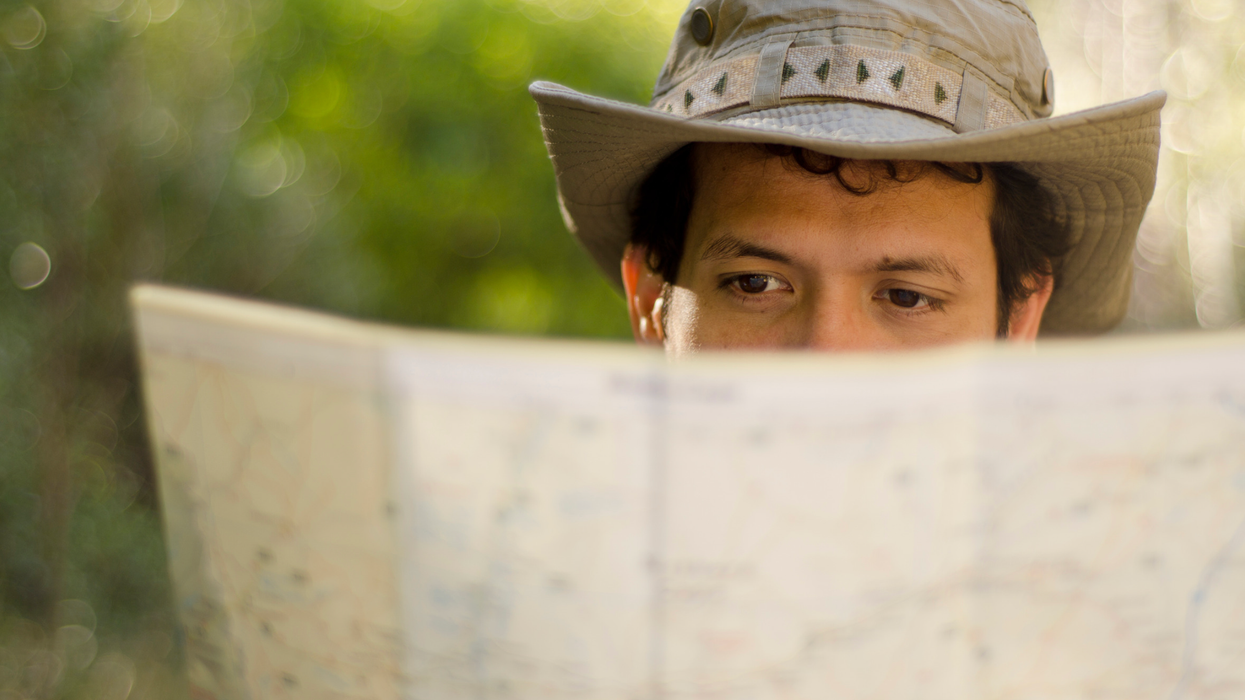Ta’u is an island in American Samoa that lies 4,000 miles off the west coast of the U.S. For years, the island’s 600 residents were completely dependent on oil imported on ships from the U.S., Asia, Central America, and Australia to run its diesel generators. But when the ships didn’t show up, the island was left in darkness. “I recall a time they weren’t able to get the boat out here for two months,” Keith Ahsoon, a Ta’u resident said. “We rely on that boat for everything, including importing diesel for the generators for all of our electricity.”
Powering an entire island on generators was unreliable, bad for the environment, and put the island’s fate in the hands of fluctuating oil and gas markets. So SolarCity, recently acquired by Tesla, developed a solar microgrid that generates enough energy to power the entire island. The project was funded by the American Samoa Economic Development Authority, the Environmental Protection Agency, and the Department of Interior, and is operated by the American Samoa Power Authority.
5,238 solar panels have been installed on Ta’u which power 60 Tesla powerpacks placed around the island. The grid takes only seven hours to recharge and can power the island for three days of complete darkness. Now, the Ta’u people breathe easier knowing they no longer have to burn 110,000 gallons of diesel fuel every year. “This project will help lessen the carbon footprint of the world,” Ashoon said. “Living on an island, you experience global warming firsthand. Beach erosions and other noticeable changes are a part of life here. It’s a serious problem, and this project will hopefully set a good example for everyone else to follow.”

















 Otis knew before they did.
Otis knew before they did.